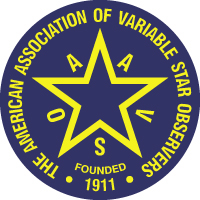Alert Notice 859: Photometry and spectroscopy requested for bright binaries being observed with CHARA - Revised (backup copy)
Note: Some of the targets below are being re-assessed for continued coverage. For the present, please continue to observe all targets. - Elizabeth O. Waagen, September 30, 2024
The Alert Notice text below has been revised from the original version issued April 18, 2024. - Elizabeth O. Waagen, April 19, 2024


